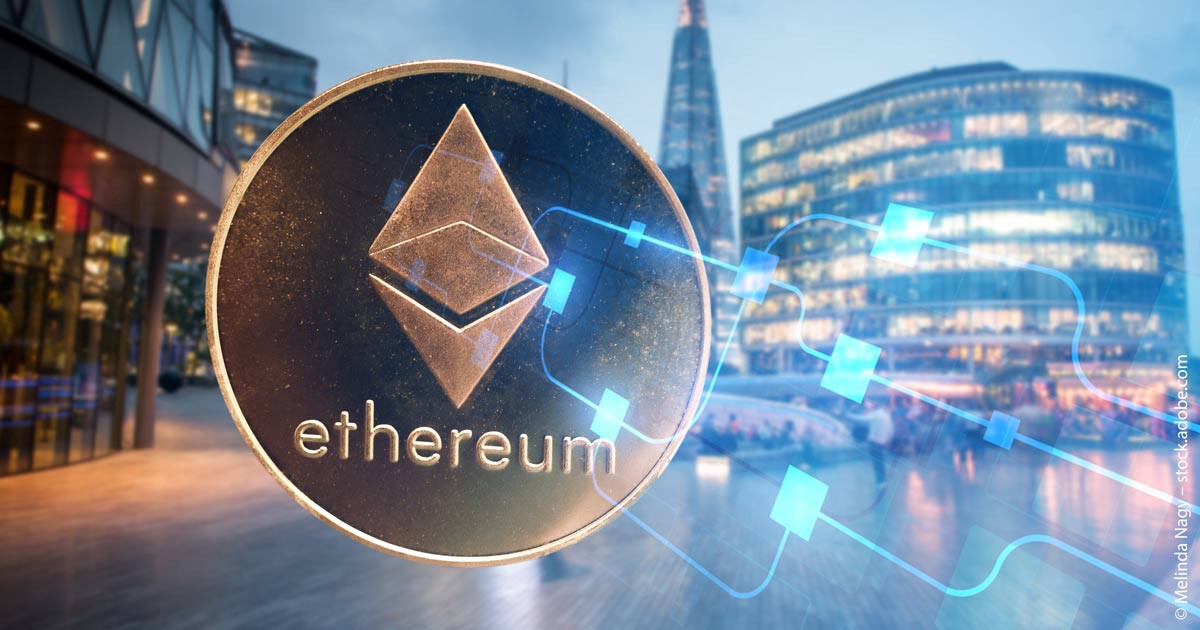Ethereum (ETH) Moves Closer to London Update

#
The London update gets closer for the Ethereum network, as the EIP-1559 upgrade is now running on the Ropsten testnet. The last 24 hours showed extraordinary test activity, seeking weak spots to avoid trouble once the upgrade is adopted on the mainnet. The testnet launch was widely expected this Thursday.
The network revealed that achieving low fees for all users may still be an uphill battle. The chief drive of the London upgrade is to have end users pay a base fee, while miners take care of the rest of the fee schedule. Miners will also not receive all of the fees, instead burning ETH. This will curb some of the incentives to speed up transactions with exorbitant fees.
However, the last 24 hours of tests showed that spamming the network can still result in high base fees. This level of activity is extraordinary, showing that the network can have both high fees and a significant ETH burn on the testnet.
The tests also led to an initial burn of more than 88,483 testnet tokens, showing the potential effect on Ethereum supply. As of 2021, the production of ETH is slower, but there is no cap on the token production. The initial expectation was for ETH to slow production around 100M tokens, but now there are more than 116M tokens in circulation.
What Comes Next for Ethereum
The ETH token’s end game is to become a staking asset, locking in more of the supply. But the upgrade to proof-of-stake has been pushed to some time in 2022.
The immediate steps for ETH now include two more testnet deadlines in the next few weeks, until the mainnet deployment on July 14.
For now, miners tentatively support the proposition, though the upgrade would be mandatory. It is impossible to predict the actual effect on miners and the impact of taking away a share of their fees.
One possible effect will be that miners either give up on the network, or move in to mine Ethereum Classic (ETC). Another potential solution is that miners will in fact push fees down, thus slowing down the actual burn.
In any case, there is no guaranteed ETH scarcity, and the EIP-1559 launch will not have an immediate effect on prices. However, in the long term, it is possible that the upgrade has a similar effect to the Bitcoin halving, marking down the inflation on the Ethereum network.
What the London Upgrade Means for DeFi
Ethereum upgrades are becoming even more fraught as the ecosystem of side projects continues to expand. Both technical and price fluctuations in ETH trading can affect the DeFi space.
For Ethereum, the fee burn schedule means that all DeFi transactions and algorithmic trades have the potential to speed up scarcity. It is unknown how the usage of distributed apps and high trading activity will translate into base fees, but the general expectation is that the projects will make ETH more valuable due to the almost constant need to burn tokens.
The next big challenge is the ETH market price, which has been hovering below $2,000. The coming weeks will reveal the mood of the crypto market. In June, the signs of a slowdown increased, as BTC losses reached 50% from the peak, dragging down all other assets.
ETH traded at $1,944.74 ahead of the weekend, only weakly affected by the news of the testnet launch. Despite the short-term setbacks, Ethereum trading and side projects are more robust in 2021, with more new technologies already running and gaining adoption. The potential of DeFi means projects also launch faster in comparison to the batch of ICOs in 2018, which took years to realize their potential.
Ethereum currently holds the lead for the highest fees accrued in 24 hours, up to $12M per day. The Uniswap exchange and the Tether smart contract are some of the biggest generators of fees, and will potentially see changes after the London upgrade.
How Ethereum-Linked Projects will be Affected
One of the projects most affected by EIP-1559 will be Polygon (MATIC), which is the leading hub for Ethereum scaling solutions. As a token-based project with some of its computation happening off chain and through smart contracts, MATIC will not have the same burn schedule.
The reason for this is that MATIC is a fixed-supply token with no plans to dramatically diminish the circulating supply. For now, MATIC plans to simulate the fee burn, but leave the tokens in an accessible smart contract for future uses.
For now, MATIC is just working on the proposal level, with no certainty of how to implement changes to make the project compatible with the London upgrade.
#
Uphold makes buying crypto with popular currencies like USD, EUR and GBP very simple with its convenient options to swap between crypto, fiat, equities, and precious metals.

With over 50 coins and an obsession with security, Kraken is one of the safest places to buy and trade crypto.

Kraken has a good reputation for security and protection of your funds and operates across the USA (except NY), Canada, the EU and Japan

Based in Charleston, South Carolina. Serves over 184 countries and has done over $4 billion in transactions. Offers convenient options to swap between crypto, fiat, equities, and precious metals.

What are the most common scam coins and how much have they got away with in the past, plus some tips on how to avoid these scam coins.

Eight ways to buy Bitcoin without needing ID or giving personal information

An early alternative to Bitcoin, LTC aimed to be a coin for easy, fast, low-fee spending. LTC offers a faster block time and a higher transaction capacity in comparison to Bitcoin.

An innovative digital asset utilizing a fully decentralized consensus protocol called Ourobouros. The network aims to compete with Ethereum in offering smart contract functionalities. However it is lightyears behind Ethereum in terms of adoption.